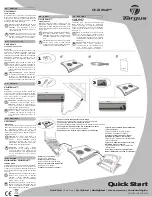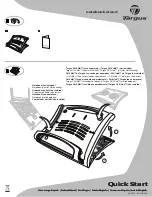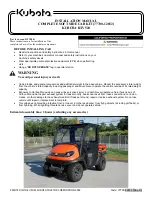
User Manual
Airbridge cBTS3612 CDMA Base Station
System Description
4 System Function
4-26
2) Clock alarm
There are various clock source alarms and phase-locked loop failure alarm.
3) Power alarm
There are over-voltage or under-voltage alarm, and power failure alarm.
4) Other alarms
There are board hardware fault, internal bus alarm and software running error.
After receiving the board alarm message, OMU takes measures according to the
alarm severity. For critical alarm, the board will be resetted or the carrier powered off
immediately to minimize the damage. OMU reports all alarms to OMC, which will be
shown on the graphic user interface of OMC.
II. Environment alarm
BTS internal environment alarms are collected by OMU, and external environment
alarms are collected by an external environment alarm collection box. External
environment alarms include fire, smoke, illegal invasion, soaking, temperature,
humidity and other alarms. After receiving the environment alarm, OMU activates
external devices through the alarm box, such as air-conditioner, fire-distinguisher,
smoke scrubber, dehumidifier or siren. At the same time, OMU reports the alarms to
OMC, which will be displayed on graphic user interface of OMC.
4.6.6 Equipment Management
Equipment management here means general management oriented to physical
objects (hardware). Management and operation of special equipment may also be
involved.
I. General function
1) Operation startup
Equipment operation involves startup procedure and synchronization problem.
Operation startup function serves this purpose, i.e. the equipment should be started
in correct time. OMC sends operation startup command and the result of execution
is the startup and operation of the specified object.
2) Equipment switchover
Important boards are designed with active/standby configuration. When the active
board gets faulty, service can be switched to the standby board automatically or
under control to reduce the loss. In addition, OMC can also send command to make
an object switched. Equipment is be switched over because a fault has occurred or
a switchover command is received from OMC (LMF). The result of the operation is
that the active is switched to the standby and vice versa.
















































